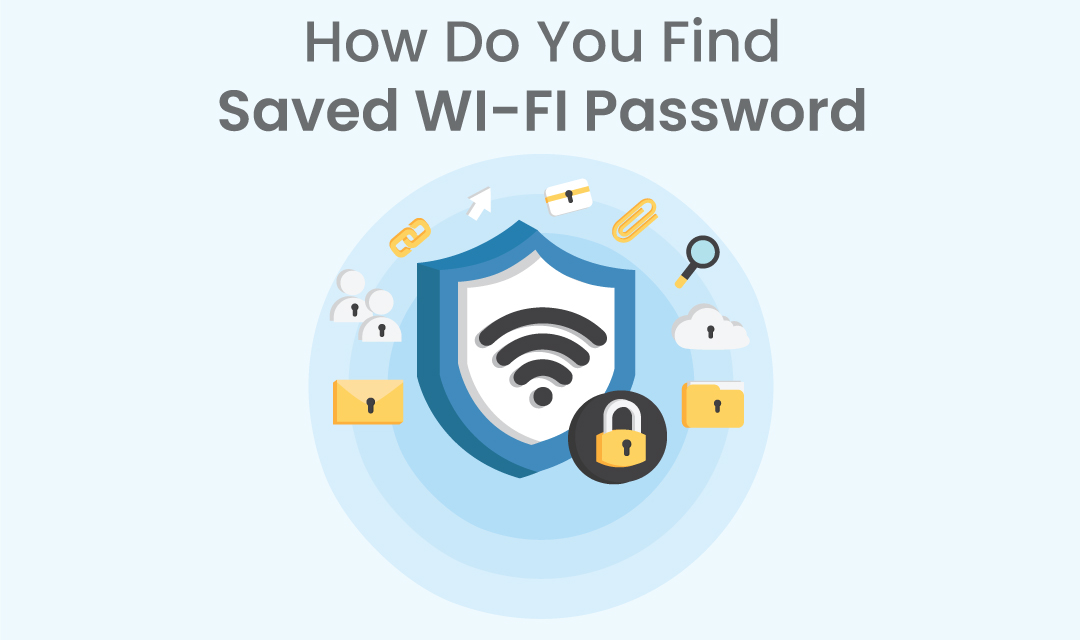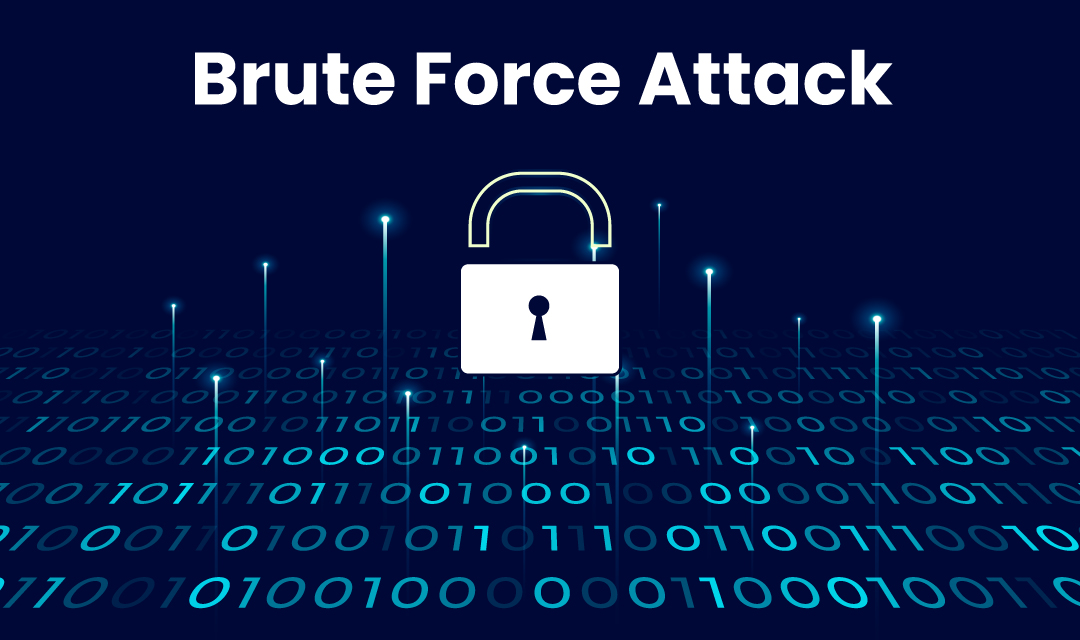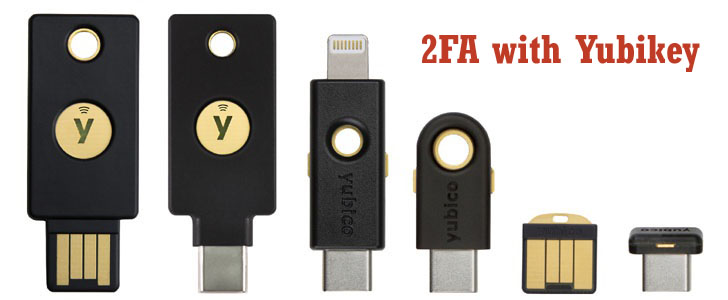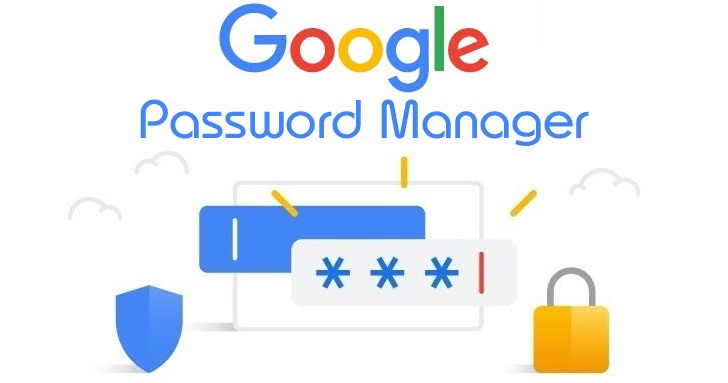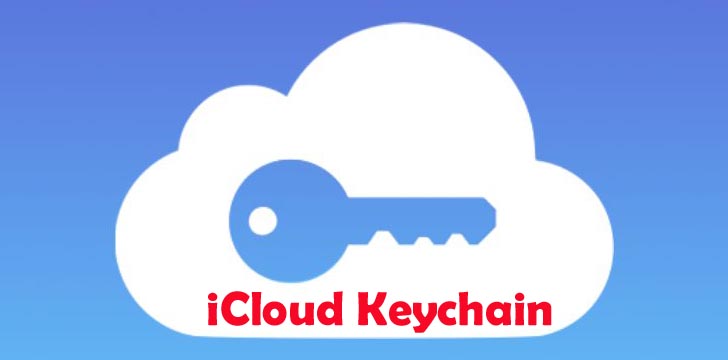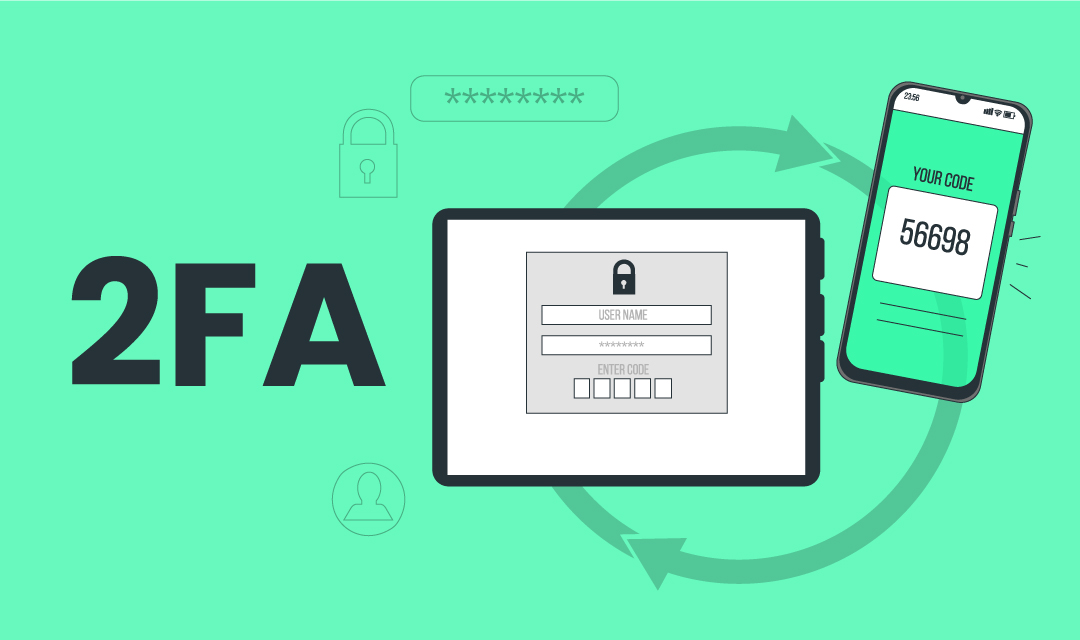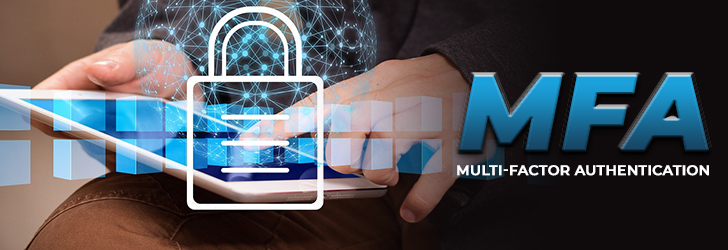
We are accustomed to username and password pair to protect our accounts whether that is a computer, bank account, smartphone, or personal email. We also know that password is not the most secure authentication method available today, and there are so many hacks and data breaches that threaten our security. Learn how WebAuthn can enhance your online security.

